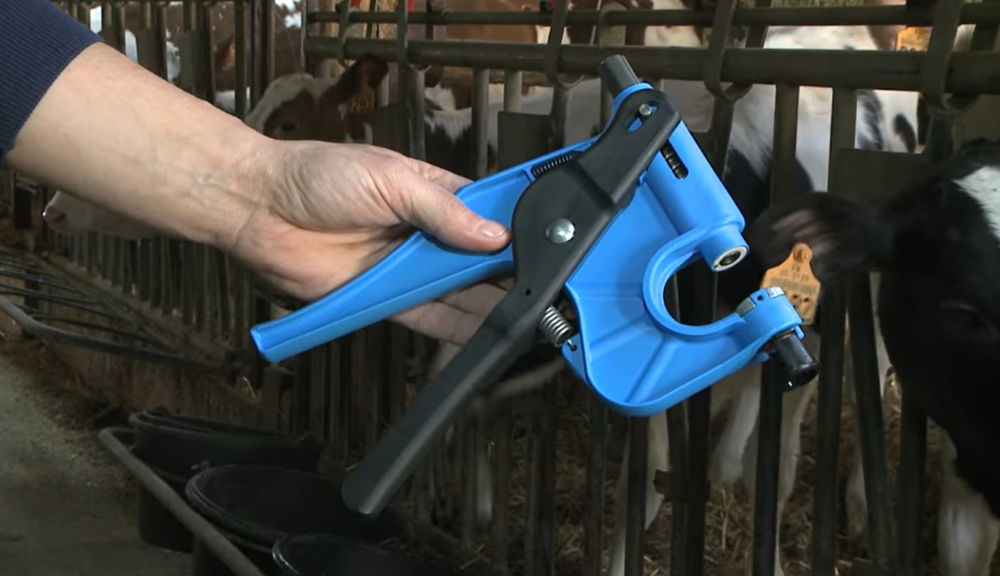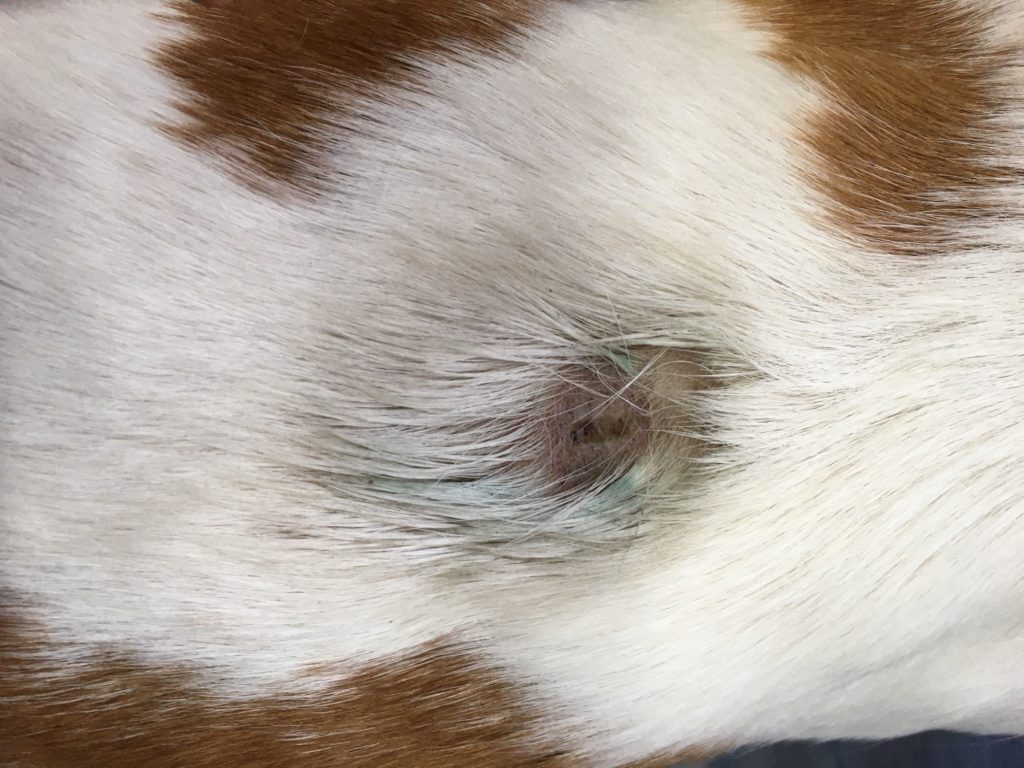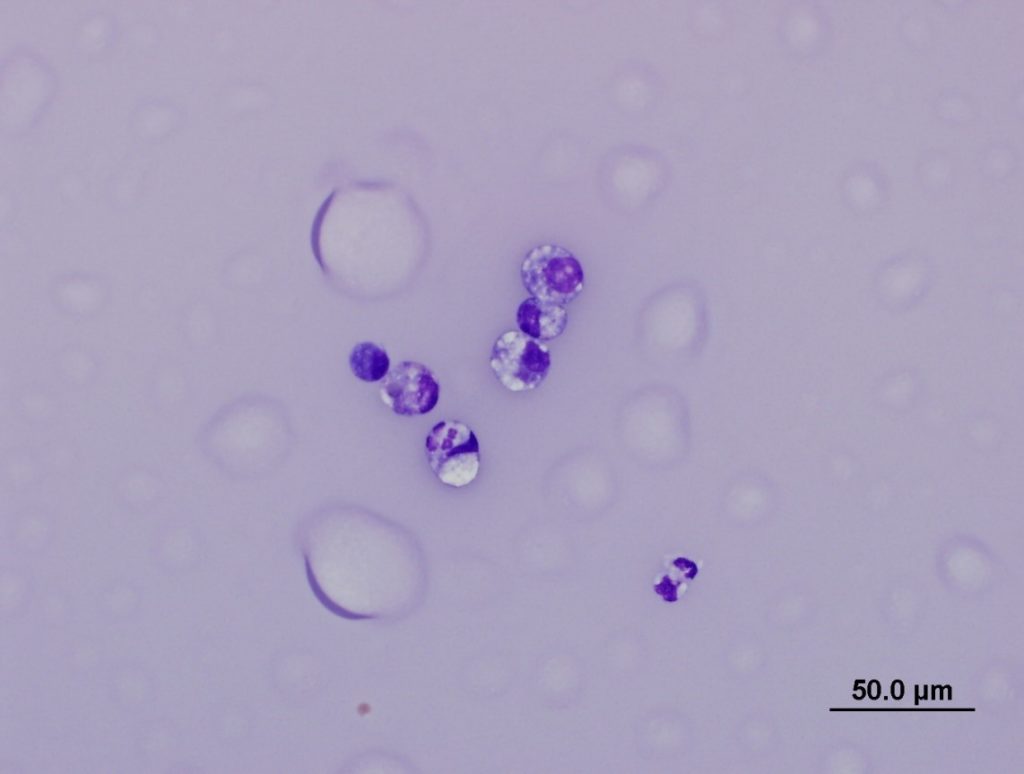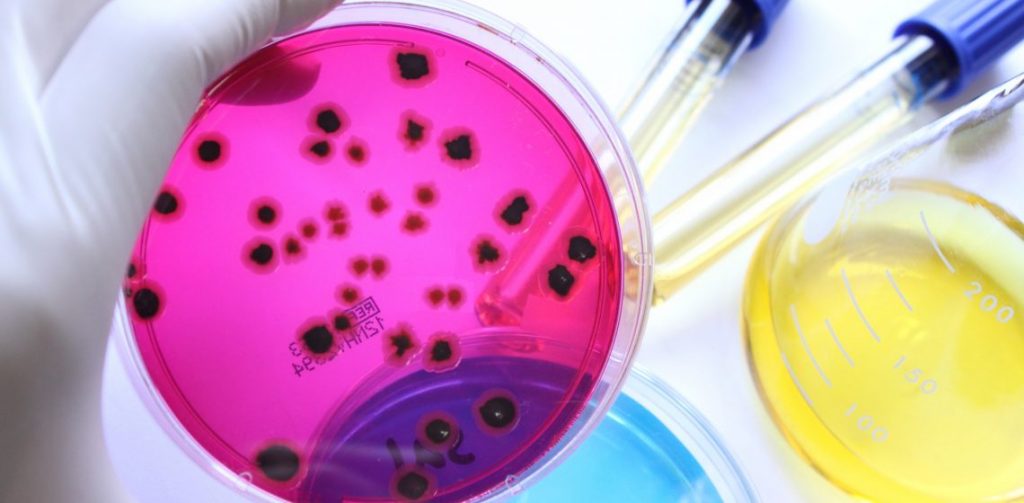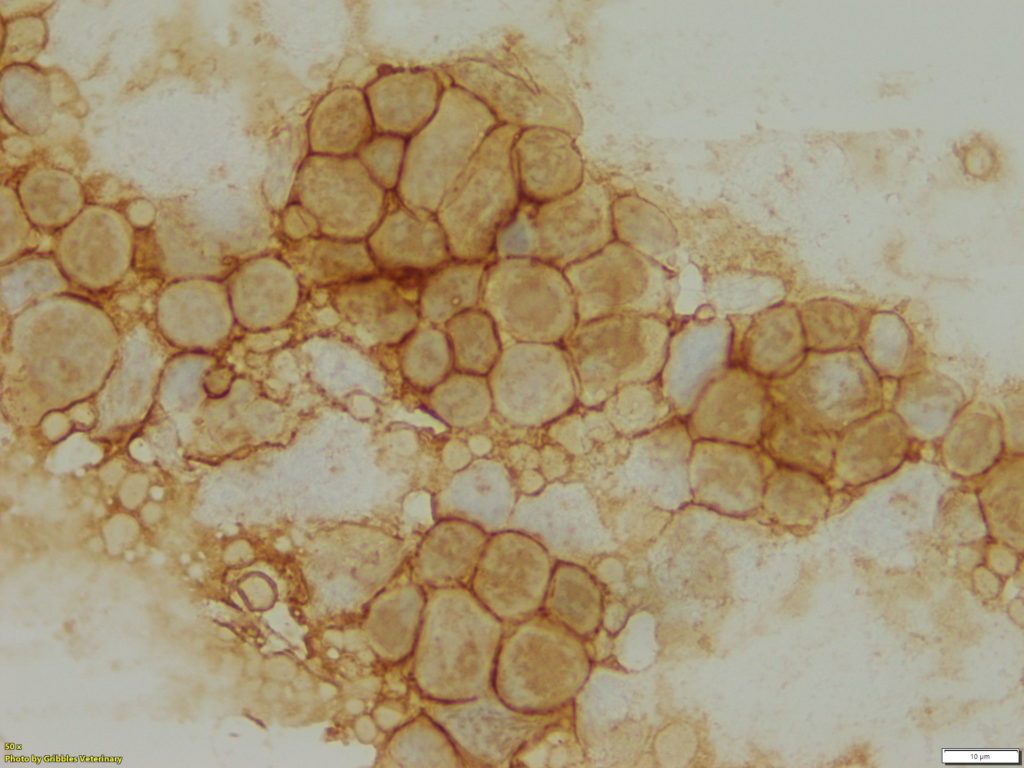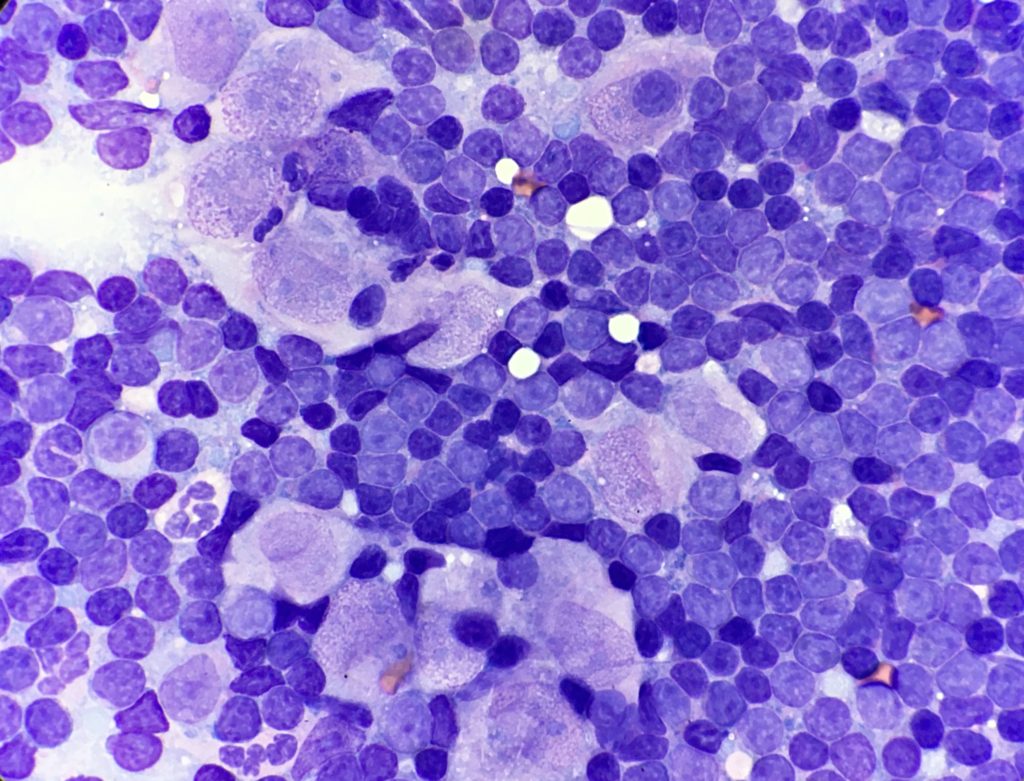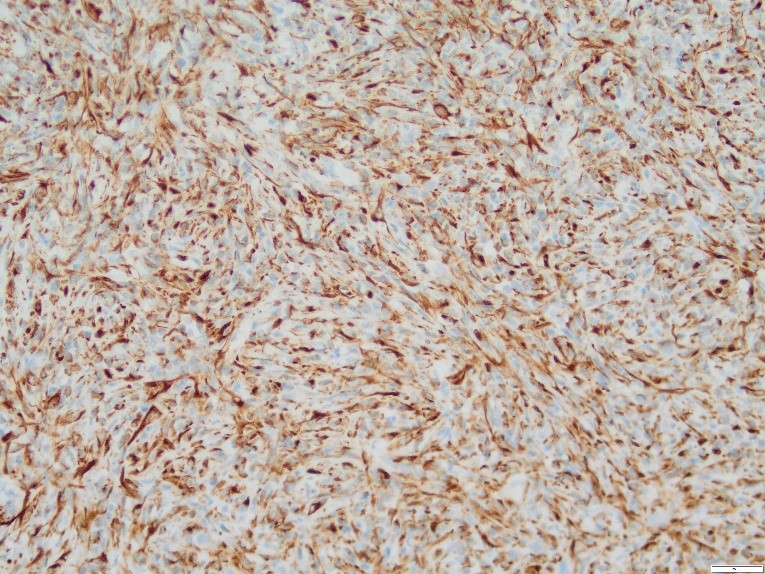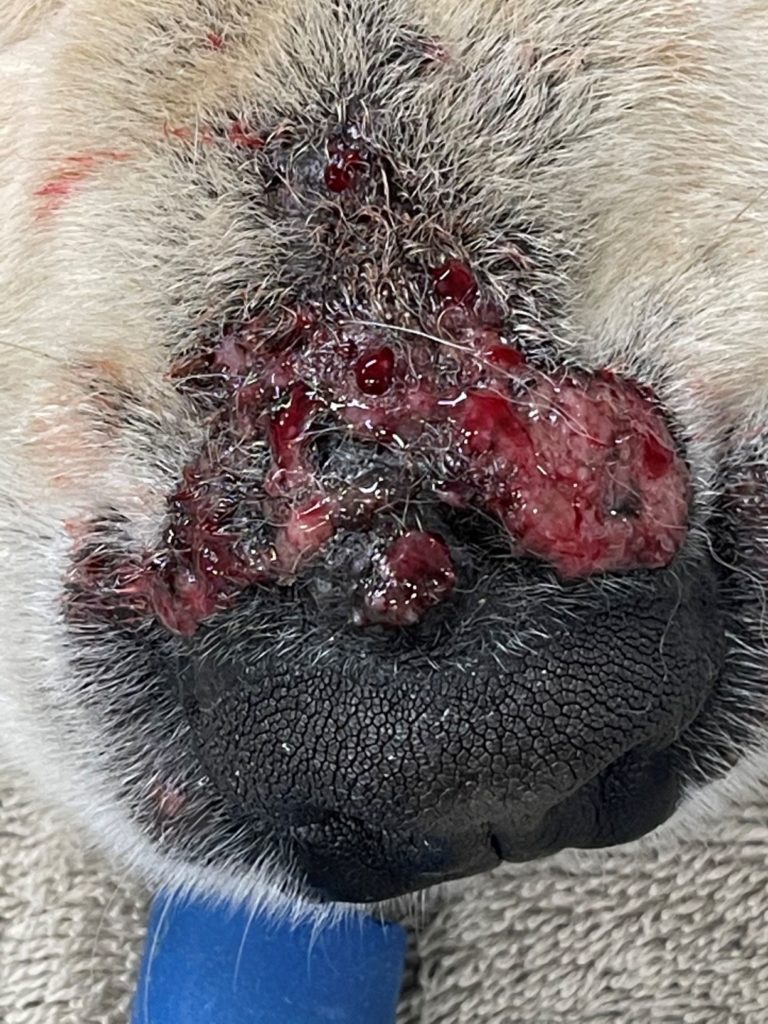Ear notch sampling
Ear notch tissue is an ideal sample for BVD testing on animals of all ages (for PCR and antigen ELISA testing). We’ve now made it easy for you to take samples using a reliable method that is quick, safe, user-friendly, easy to transport and efficient for us to process in the laboratory.Introducing the Allflex Tissue […]

